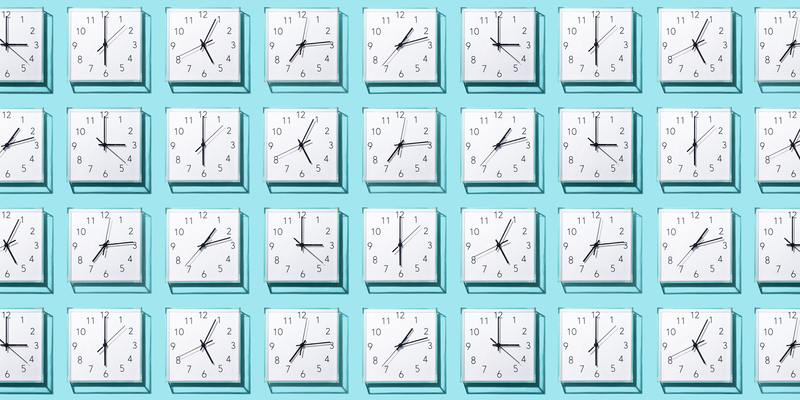CTDO Magazine Article
Member Benefit
Own Your Time
Learn to effectively manage your daily demands for positive outcomes.
RK
By
Wed Jul 15 2020

Loading...
Many individuals now working remotely because of stay-at-home orders have quickly realized the need for effective time-management strategies. But learning the art of time management yields a positive impact in any environment.
